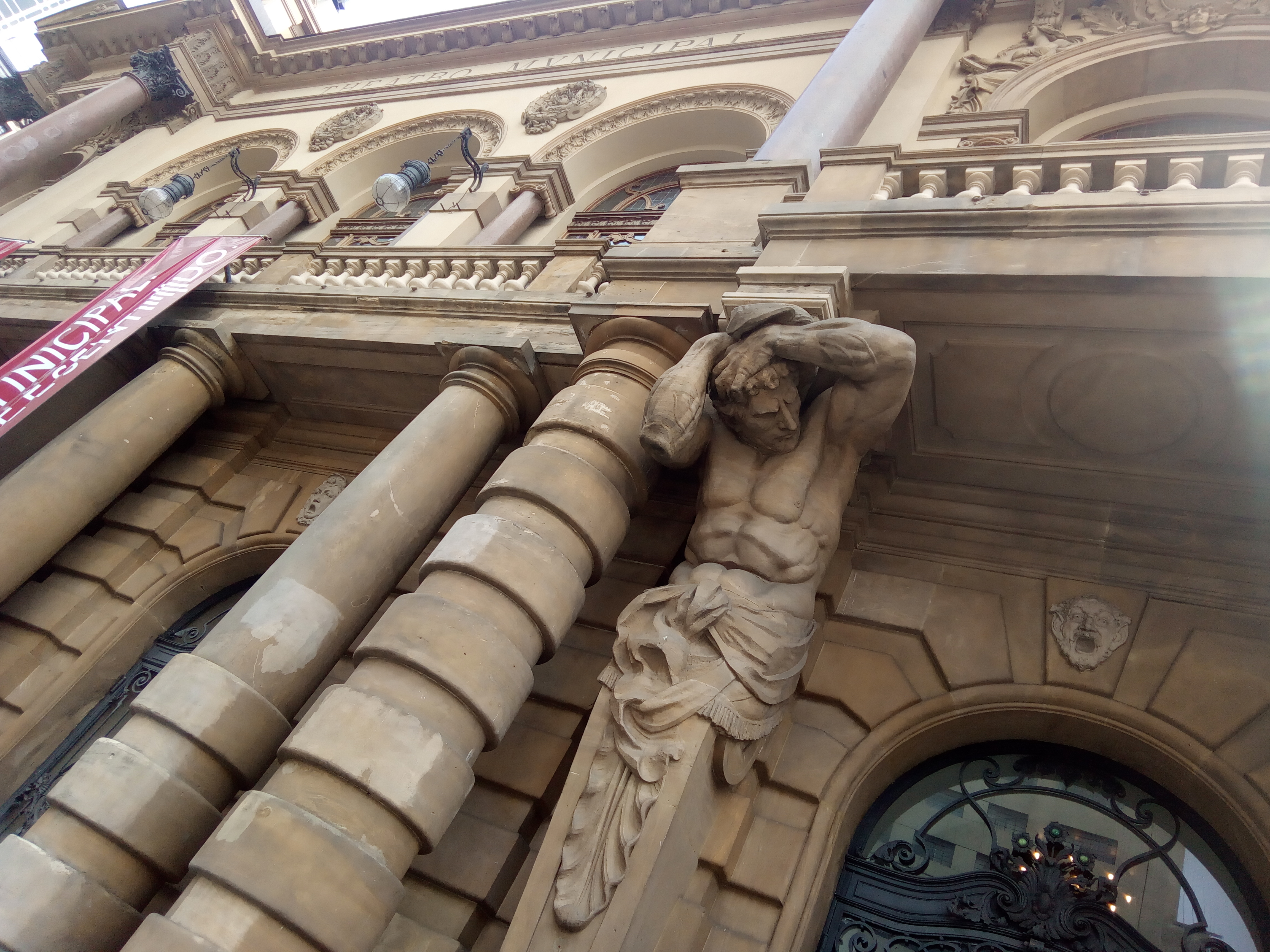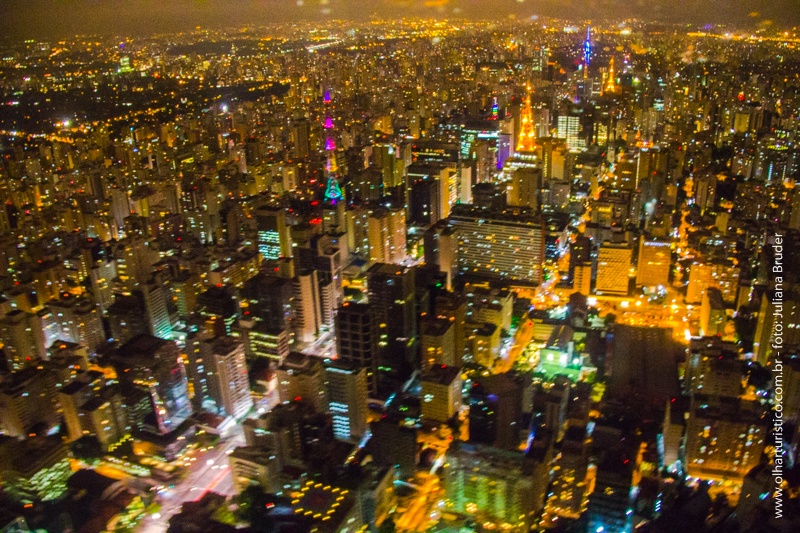Sao Paulo is one of the greatest urban areas in the World with 8,500 Km², with a commuting region that sums up to more than 30 million people. The city alone has 12 million inhabitants and it represents one of the main business and tourist destinations in Brazil. The tourism activity in town is characterized by more business travelers than leisure, but that figure is changing. So the main hotel flags are here to attend that demand.
This enormous town is somehow confusing and chaotic at first, but it holds a multicultural diversity with innumerous theaters and cinemas, besides it is considered a Foodie Paradise due to the many international and gourmet restaurants, a multicultural hub with people from almost 200 different countries living there.

Rich arcquitecture
The city holds more Japanese than anywhere else outside Japan, as well as Lebanese, huge descendants’ community of Italians, Arabs and Germans, and a growing crowd of Latin Americans and Africans. The city is also considered as the 14th most Globalized City in the Planet according to GaWC.
And the stats for the international communities that live in town are still changing, as the recent survey numbers shows:
- Portugal – 70.711
- Bolivia – 58.195
- Japan – 33.288
- China – 25.420
- Italy – 22.772
- Spain – 18.519
- South Korea – 15.964
- Haiti – 14.149
- Argentina – 12.871
- Chile – 8.809
- United States – 8.273
- Germany – 7.769
- Peru – 7.008
- France – 6.605
- Paraguay – 6.005
In 2016 another survey identified local residents from more than 196 countries. Also, due to its migratory history, the city of SP holds around 60% of its population formed by Italian descendants, so they will be around 6 million.
Local gastronomy
Also the city houses the largest LGBT community in the country and it is becoming World known by its annual parades.
The nightlife, the museums, the parks… There are many reasons to visit Sao Paulo, gently called Sampa or just SP. It is good to know that people who live in the city are called Paulistano, not Paulista, which lives in the State of Sao Paulo.
Street art
See the posts in english here!
SP is composed by five different inner regions that can be as distant as 40 Km one from the other, so the extension is impressive, but there is a map of attractions to facilitate the visitors. According to city numbers, every morning that is as many people as in Uruguay coming just from the East Zone of town and going back at the end of the afternoon.
So, more than 40 City and State Parks including the second largest urban forest in the World, a loaded agenda of cultural events and business fairs such as Bienal de Arte, Formula 1, Fashion Week and LGBT Parade; a wide variety of popular and fancy restaurants, and a top nightlife are some of the reasons to follow this editorial as we unfold Sao Paulo to the foreigners.
Welcome to Sao Paulo!

